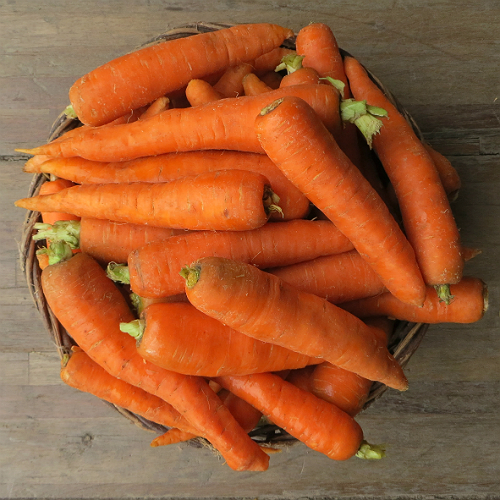 1 pound carrots, coarsely grated (about 4 cups)
1 pound carrots, coarsely grated (about 4 cups)
1/4 cup vegetable oil or extra-virgin olive oil
3 to 4 tablespoons fresh lemon juice
1/4 cup chopped fresh cilantro or parsley
2 to 4 cloves garlic, mashed or minced
1 teaspoon ground cumin or 1/2 teaspoon ground cumin and 1/4 teaspoon ground cinnamon
1 teaspoon sweet paprika
Pinch of salt
About 1/2 teaspoon harissa (Northwest African chili paste), 1 tablespoon minced green chilies, or 1/4 to 1/2 teaspoon cayenne (optional)
In a large bowl, mix together all the ingredients. Cover and let marinate in the refrigerator for at least 2 hours or up to 2 days to allow the flavors to meld and permeate the carrots. Served chilled or at room temperature.
We thank epicurious.com for this recipe.
Have you tried this recipe? Tell us how it turned out!

 Prep Time 10 minutes
Prep Time 10 minutes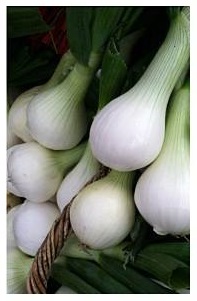

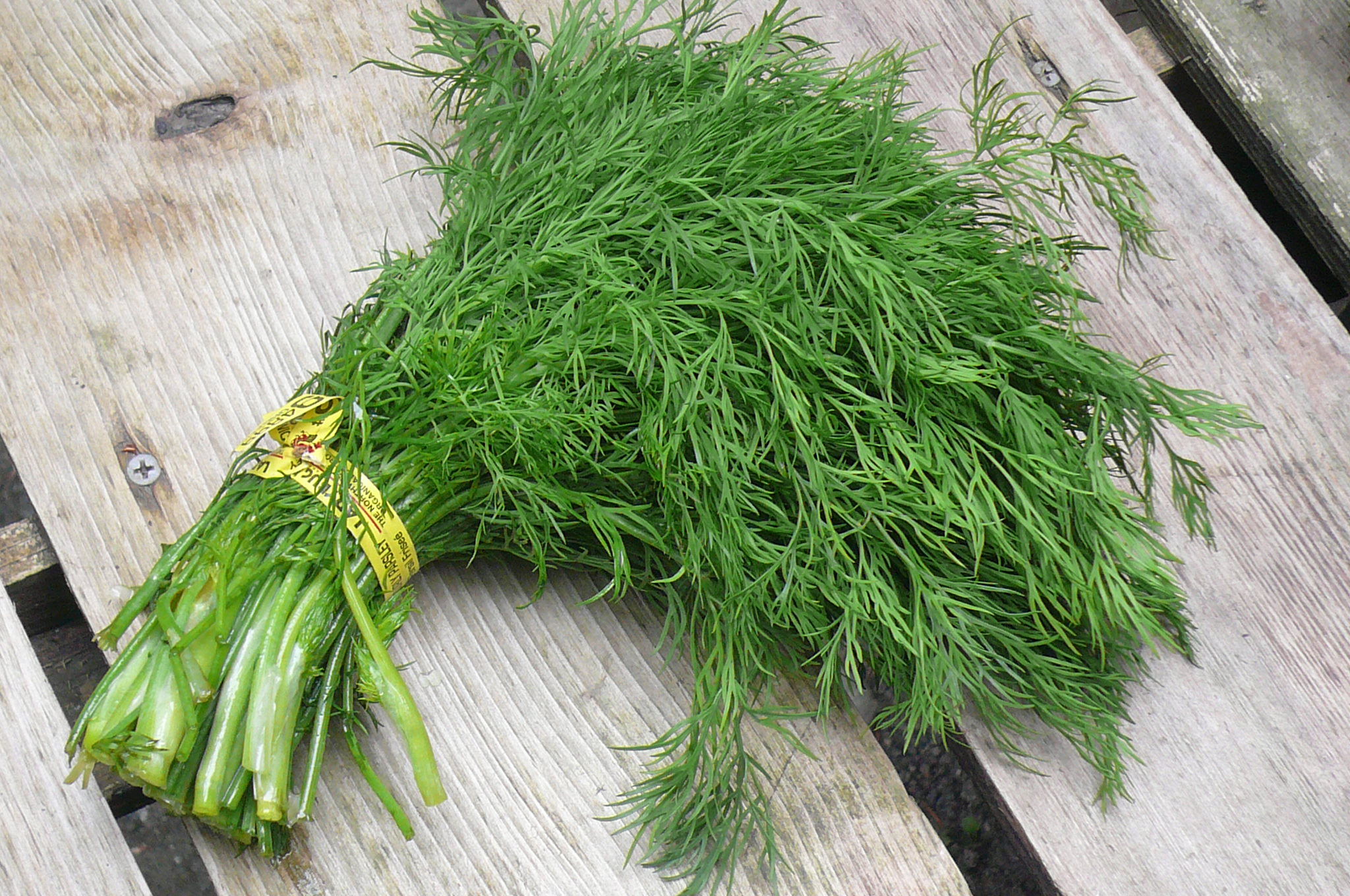
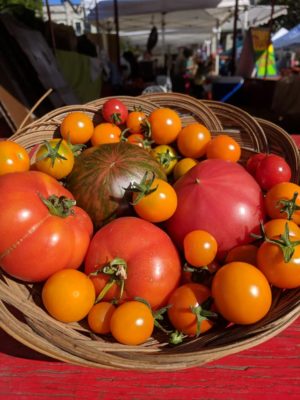 Heirloom Tomatoes
Heirloom Tomatoes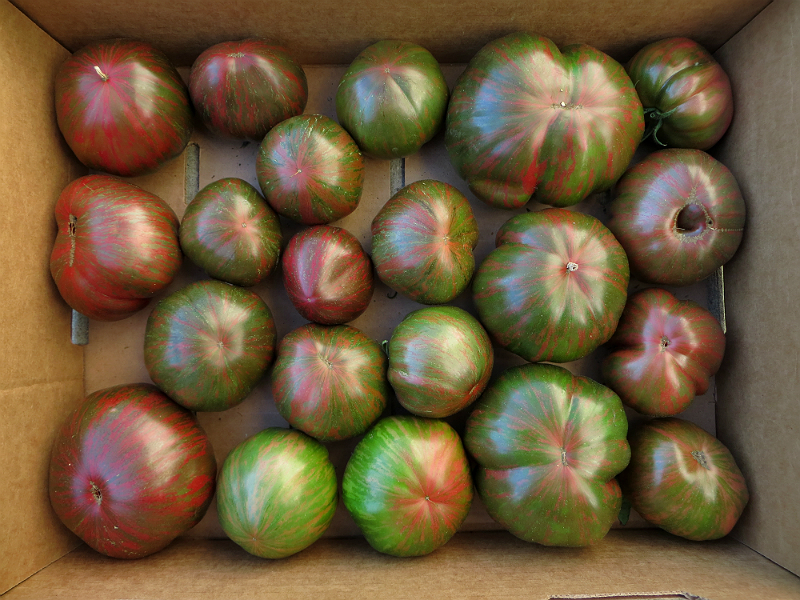
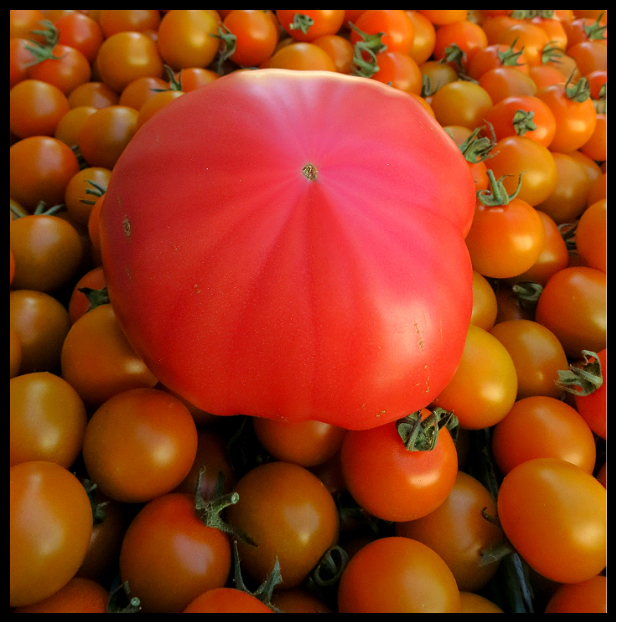
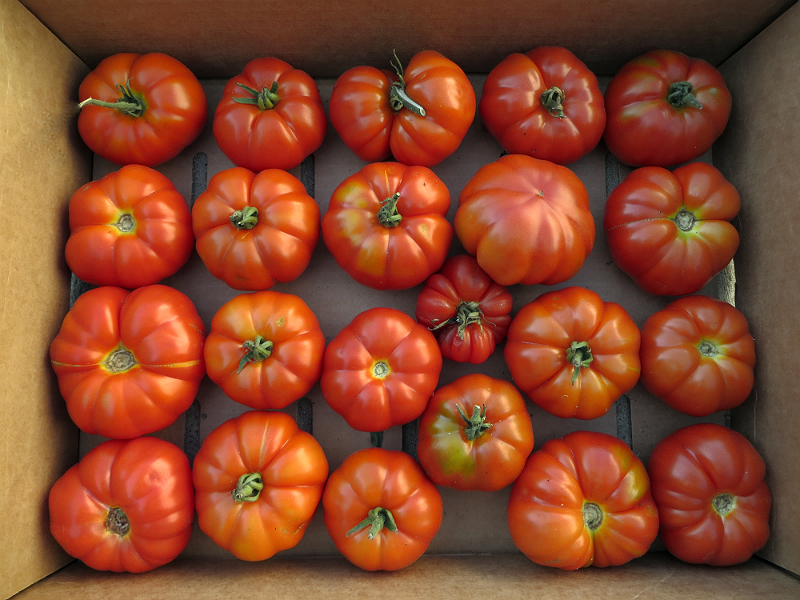

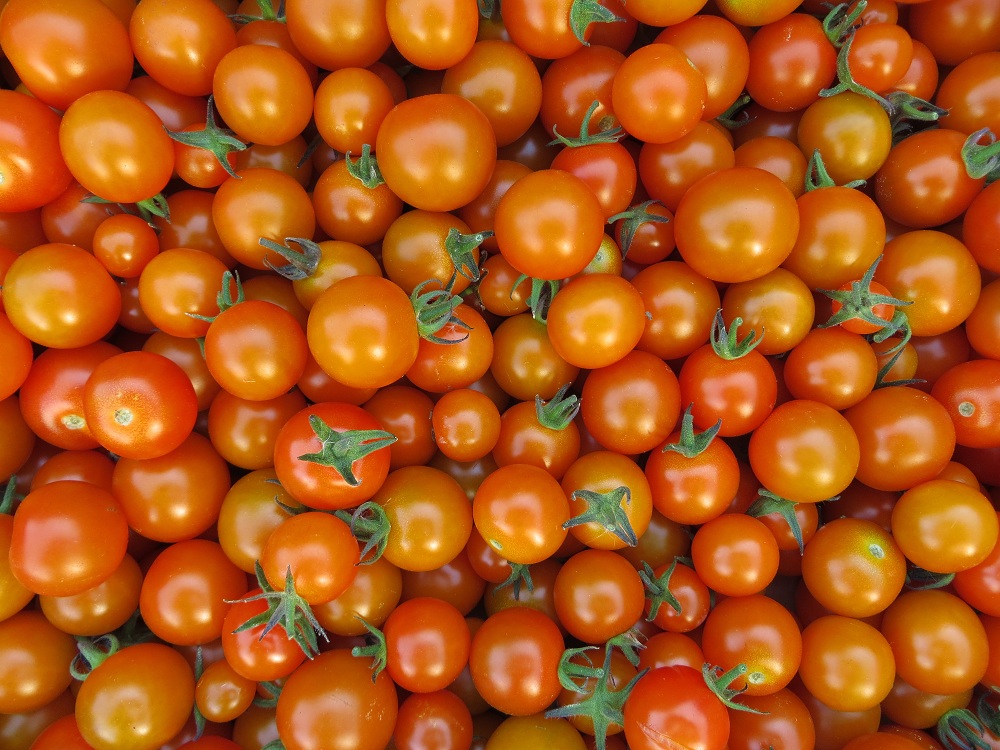
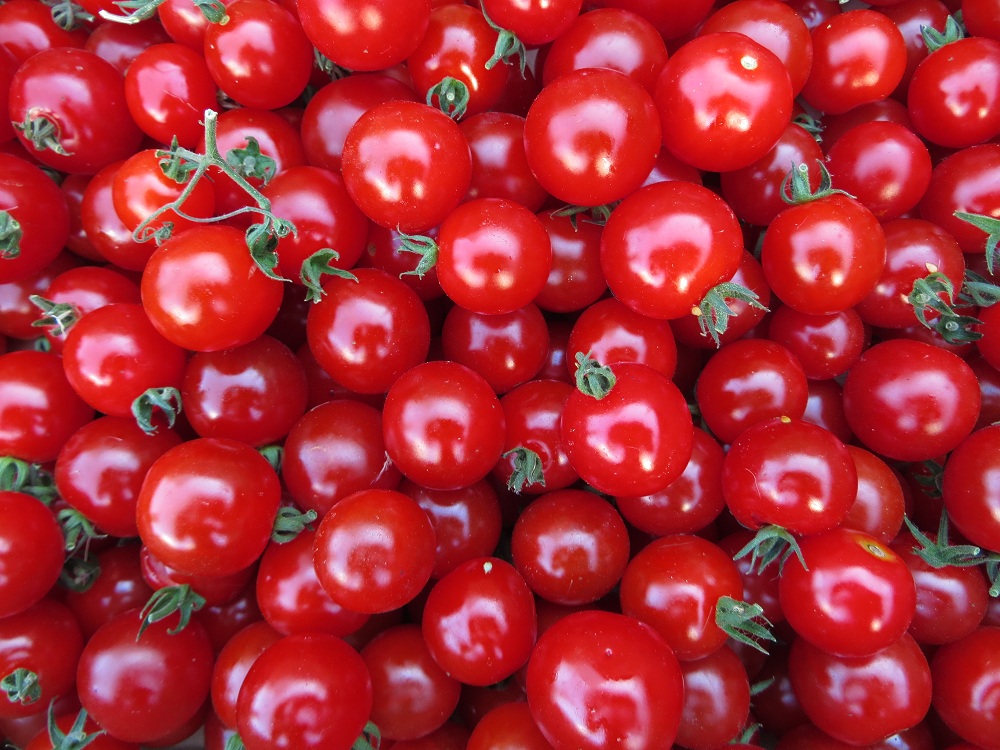
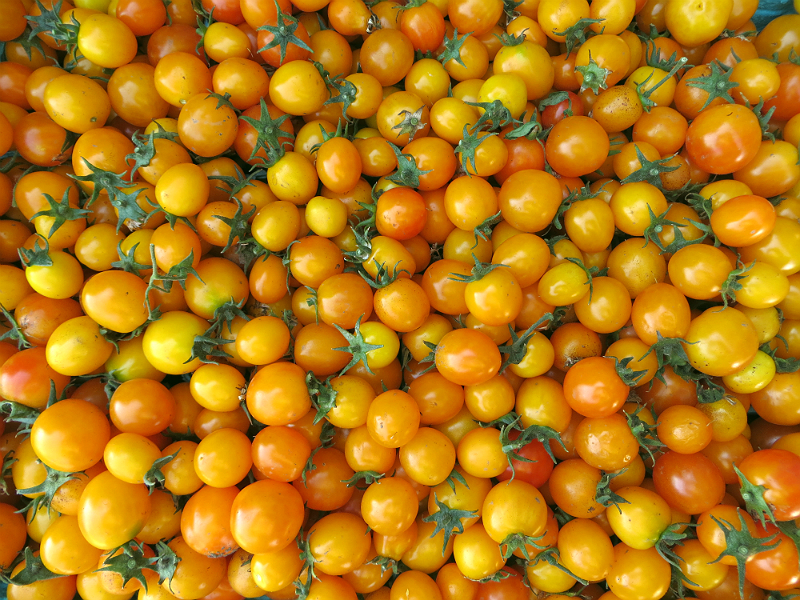
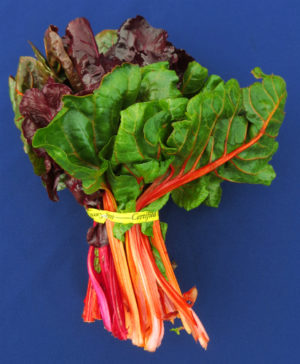 4 5-ounce salmon fillets
4 5-ounce salmon fillets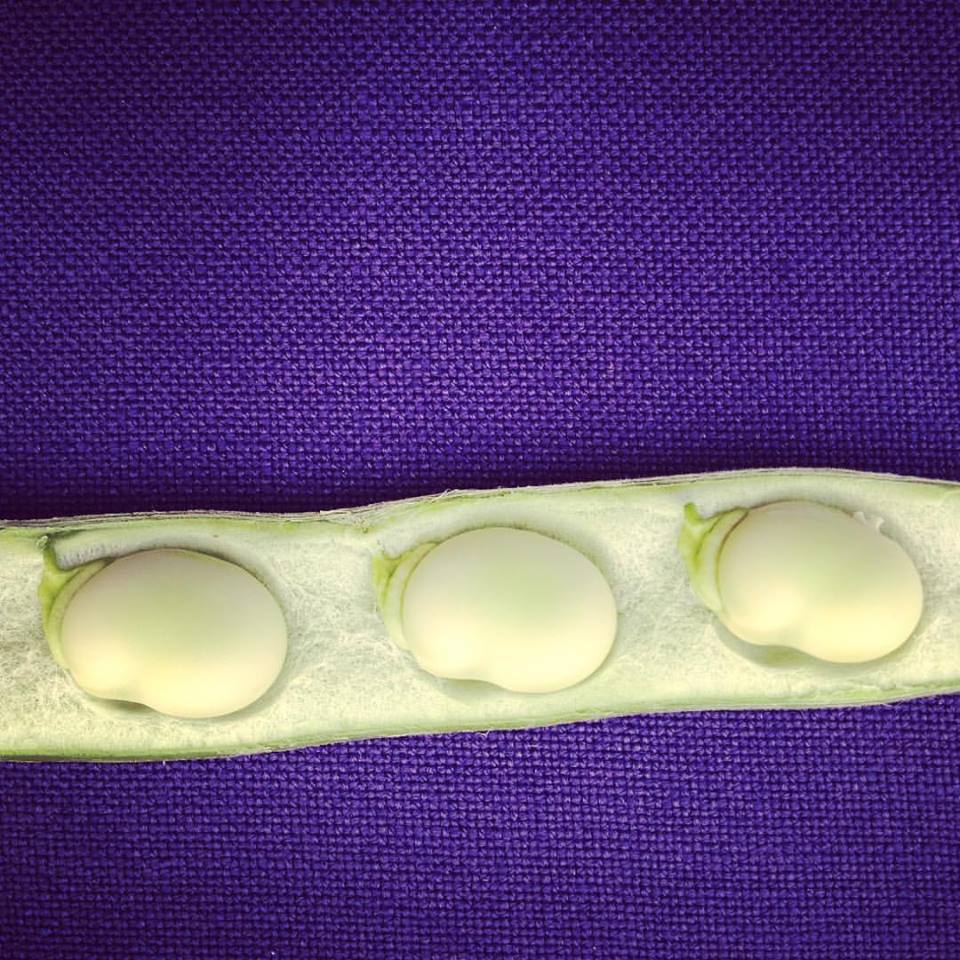 ¼ cup coarsely chopped raw pistachios
¼ cup coarsely chopped raw pistachios